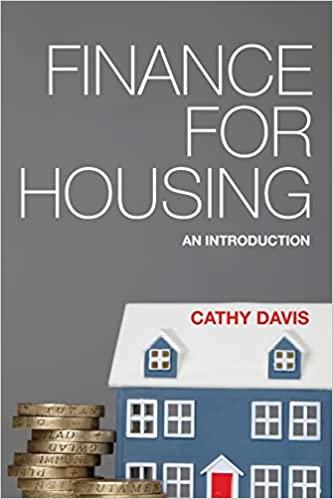Question
This project allows you to think critically and apply decision-making management techniques. In this project, you need to solve a bond portfolio problem, a diversified
This project allows you to think critically and apply decision-making management techniques. In this project, you need to solve a bond portfolio problem, a diversified portfolio problem, and a cash flow problem. The tasks in the project pertain to the concepts of Time Value Money, Financial Return Risk, and Capital Budgeting Analysis. Diligent evaluation of these concepts by the business heads can ensure the long-term survival of a business. If you play any role in finance, or are in pursuit of one, the project learning will help you relate with the real-time requirements of the business.
| Task 1: a. You own a two-bond portfolio. Each has a par value of $1,000. Bond A matures in five years, has a coupon rate of 8 percent, and has an annual yield to maturity of 9.20 percent. Bond B matures in fifteen years, has a coupon rate of 8 percent and has an annual yield to maturity of 9.20 percent. Both bonds pay interest semi-annually. What is the value of your portfolio? What happens to the | Task 1: Did you accurately calculate the value of your portfolio with the given and changed percentages? Did you evaluate the price changes between the two portfolios and provide a rationale for the explanation? |
1
FN2640 Project
| Description/Requirements of Project | Evaluation Criteria | ||||||||||||||||||||||||||||||||||||||||||||||||||||||||||||||||||||||||||||||||||||||||||||||||||||||||||||||||||||||||||||||||||||||||||||||||||||||||||||||||||||||||||||||||||||||||||||||||||||||||||||||||||||||||||||||||||||||||||||||||||||||||||||||||||||||||||||||||||
| value of your portfolio if each yield to maturity rises by one percentage point? Rather than own a five-year bond and a fifteen-year bond, suppose you sell both of them and invest in two ten-year bonds. Each has a coupon rate of 8 percent (semi-annual coupons) and has a yield to maturity of 9.20 percent. What is the value of your portfolio? What happens to the value of your portfolio if the yield to maturity on the bonds rises by one percentage point? Based upon your answers to (a) and (b), evaluate the price changes between the two portfolios. Were the price changes the same? Why or why not?
2 FN2640 Project
| |||||||||||||||||||||||||||||||||||||||||||||||||||||||||||||||||||||||||||||||||||||||||||||||||||||||||||||||||||||||||||||||||||||||||||||||||||||||||||||||||||||||||||||||||||||||||||||||||||||||||||||||||||||||||||||||||||||||||||||||||||||||||||||||||||||||||||||||||||
3 FN2640 Project
| |||||||||||||||||||||||||||||||||||||||||||||||||||||||||||||||||||||||||||||||||||||||||||||||||||||||||||||||||||||||||||||||||||||||||||||||||||||||||||||||||||||||||||||||||||||||||||||||||||||||||||||||||||||||||||||||||||||||||||||||||||||||||||||||||||||||||||||||||||
Step by Step Solution
There are 3 Steps involved in it
Step: 1

Get Instant Access to Expert-Tailored Solutions
See step-by-step solutions with expert insights and AI powered tools for academic success
Step: 2

Step: 3

Ace Your Homework with AI
Get the answers you need in no time with our AI-driven, step-by-step assistance
Get Started


